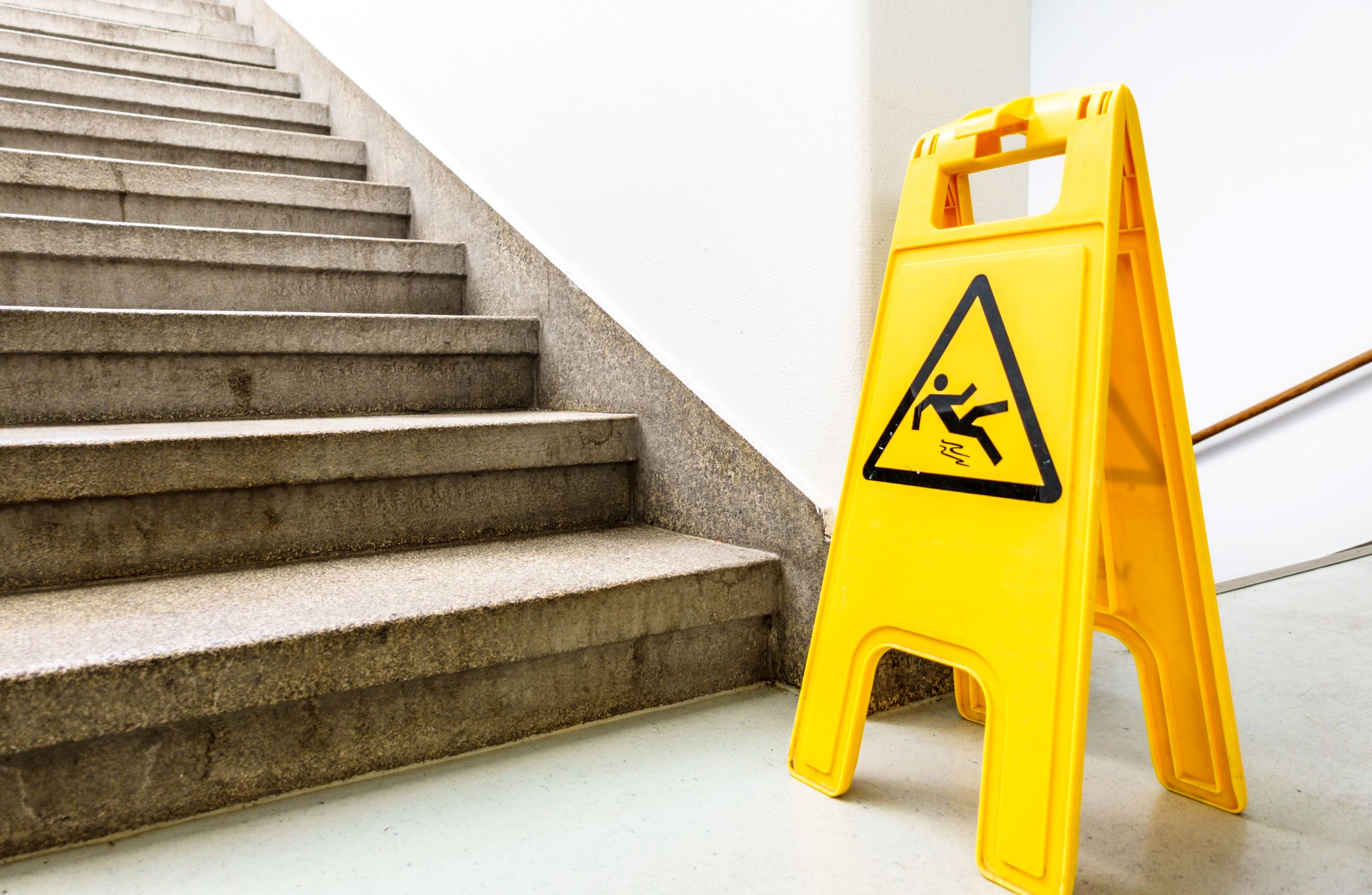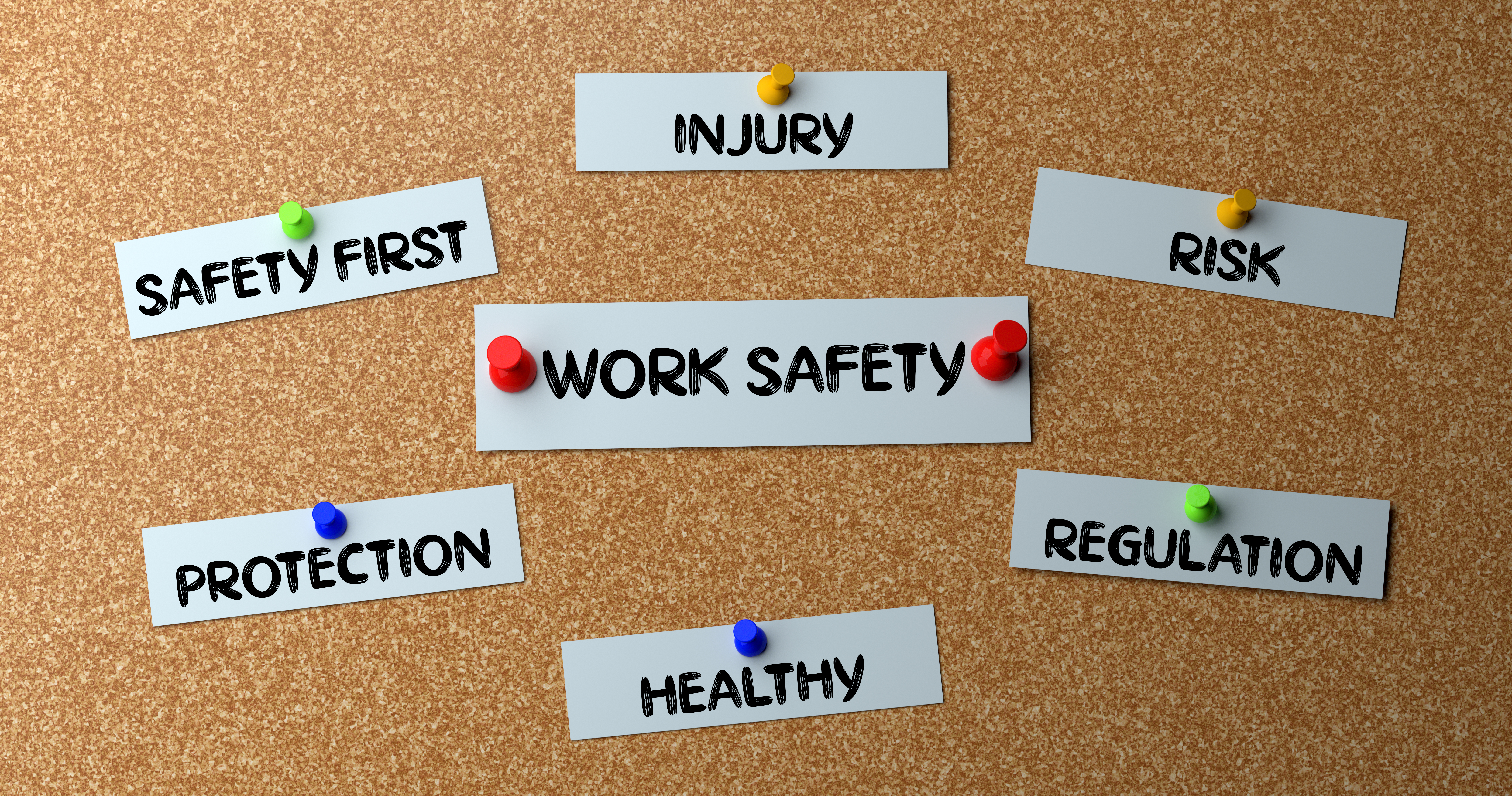safety

February 6, 2024
OSHA Proposes to Issue a New Emergency Response Standard
On Feb. 5, 2024, OSHA published a notice of proposed rulemaking (NPRM) to issue a new safety and health standard, titled Emergency Response, to replace the existing Fire Brigades standard. The new standard would address a broader scope of emergency responders and include programmatic elements to protect emergency responders from various occupational hazards. OSHA requests...

January 24, 2024
OSHA’s Top 10 Most Frequently Cited Construction Standards in Fiscal Year 2023
OSHA maintains records on the most frequently cited standards from worksite inspections for each fiscal year and compiles a list within particular industries. The latest records outline the top 10 standards cited within the construction industry during fiscal year 2023 (October 2022 through September 2023) and the total number of violations for each standard. By...

November 27, 2023
OSHA Announces Top 10 Violations for FY 2023
OSHA recently released its list of the top 10 most frequently cited standards following inspections of worksites by federal OSHA. The list, which consists of preliminary data and is subject to change, reflects the citations across industries and accounts for citations that occurred between Oct. 1, 2022, and Sept. 29, 2023. OSHA notes that workers...

November 20, 2023
Fostering a Culture of Workplace Safety
Fostering a strong safety culture provides many benefits. In addition to reducing the risk of workplace accidents, such a culture can also help improve employee morale, enhance a business’s reputation and minimize related costs and liabilities. This article explains what it means to have a strong safety culture, outlines associated benefits and provides strategies companies...

September 15, 2023
The Importance of Safety Orientations in Onboarding
Minimizing workplace injuries is vital for businesses across industry lines. Especially as it pertains to new employees, implementing safety orientations in the onboarding process could play a major role in preventing injuries. In fact, recent research found that 40% of occupational injuries occur among workers who have been in their roles for less than one...

August 28, 2023
DOL Proposes Rule to Clarify PPE Standard
On July 19, 2023, the U.S. Department of Labor (DOL) announced a notice of proposed rulemaking intended to clarify the personal protective equipment (PPE) standard for the construction industry. The stated goal of this action is to align construction, general industry and maritime standards. Comments and hearing requests must be submitted by Sept. 18, 2023,...

May 16, 2023
June is National Safety Month
June is National Safety Month. This month highlights efforts that can prevent injuries and death inside and outside the workplace, helps provide learning opportunities for employees, allows employers to share their safety pride and gives employees the opportunity to pledge they will work safely. Preventable injury-related deaths are the fourth leading cause of death in...

December 29, 2022
Protecting Your Construction Site from Fire, Water and Theft
Long after the workday ends, risks continue at construction sites, as fire, theft and water can cause significant property damage and can potentially delay project timelines and impact budgets. The presence of combustible materials, the lack of effective security controls and unstable structural elements can make sites more vulnerable to loss. Buildings under construction or...

November 15, 2022
Moving Toward a Sustainable Safety Culture
Although more than three-quarters of hiring organizations said improving safety culture alignment among their contractors is the most effective approach for driving down serious injuries and fatalities in the workplace, but only around 20% of organizations believe they have achieved a sustained safety culture, according to a survey by ISN Software Corp. In order to move...

August 5, 2020
Testing Strategy for Coronavirus (COVID-19) in High-Density Critical Infrastructure Workplaces after a COVID-19 Case Is Identified
Workers in critical infrastructure sectors may be permitted to work if asymptomatic after potential exposure to a confirmed case of coronavirus disease 2019 (COVID-19), provided that worker infection prevention recommendations and controls are implemented. Outbreaks of illness among workers in food-producing facilities and surrounding communities have raised unique questions that identified the need for testing for COVID-19 to...
